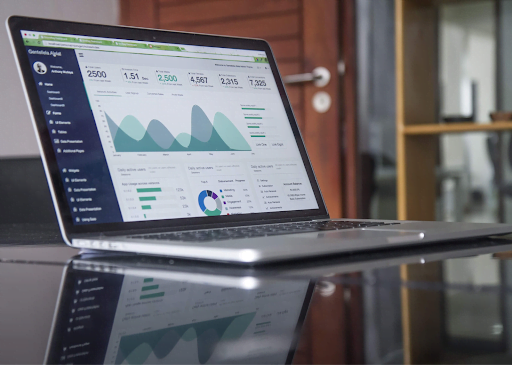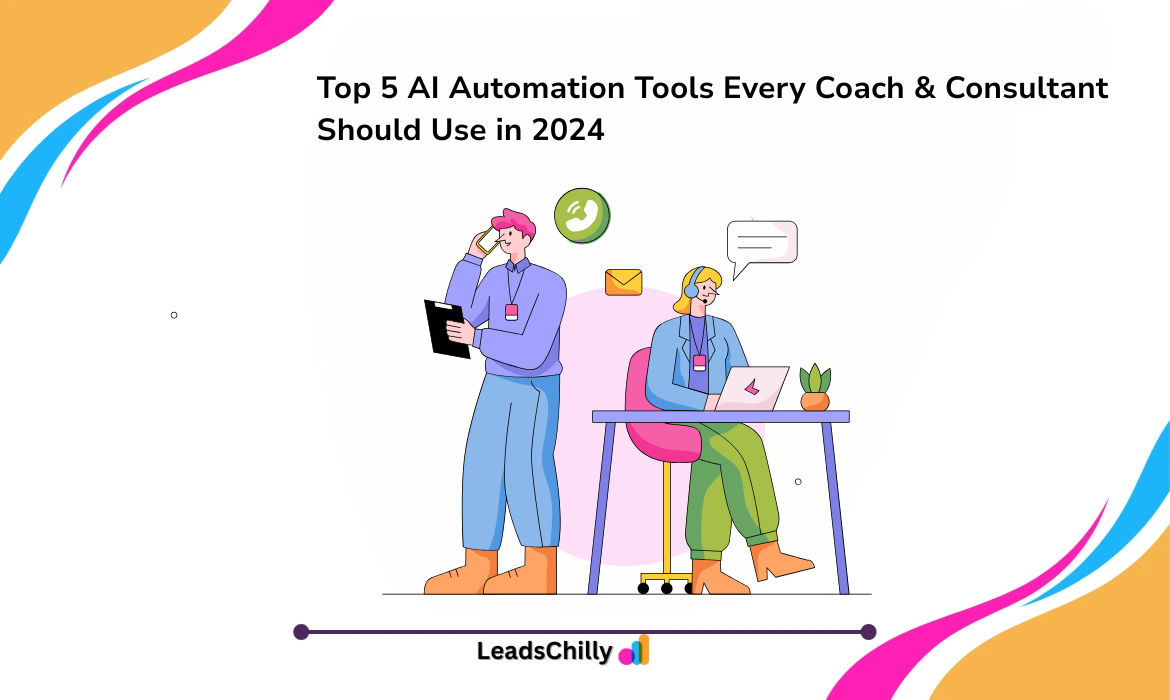Introduction
The first step in using data effectively in sales prospecting is to collect the right data. You need to gather the information that will help you identify and qualify potential customers.
Some of the Most Important Data to Collect with Sales Prospecting Tools:
Demographic information:
This includes basic information about your target market, such as age, gender, location, and income level. This data can help you identify potential customers and determine which marketing channels are most likely to reach them.

This includes basic information about your target market, such as age, gender, location, and income level. This data can help you identify potential customers and determine which marketing channels are most likely to reach them.
Psychographic information:
This type of data helps you understand your target market’s interests, needs, and values. It can be use to segment your target market and create targeted marketing messages.
This type of data helps you understand your target market’s interests, needs, and values. It can be used to segment your target market and create targeted marketing messages.
Firmographic information:
This data pertains to businesses rather than individuals. It includes information such as company size, industry, and revenue. This data
Sales prospecting is the process of identifying and qualifying potential customers for your products or services. Data is a critical component of sales prospecting, as it can help you to identify and target the most promising prospects.
There are a number of ways and Sales Prospecting Tools to collect data on potential customers, including online research, surveys, and customer lists. Once you have collected data on your prospects, you can use it to identify trends and patterns that can help you to target your marketing and sales efforts more effectively.

Data can also help you to qualify prospects more quickly and efficiently. For example, if you know that a particular company has a high propensity to buy your type of product, you can prioritize them in your sales pipeline.
In short, data is an essential tool for sales prospecting. By using data to guide your efforts, you can improve your chances of success in converting prospects into customers.
As the world becomes more digitized, the value of data has increased exponentially. In the sales prospecting process, data can be used to find and qualify potential customers, track and measure progress, and optimize performance.
When used correctly, data can help you close more deals and grow your business.
Here are a few ways that data can help you in the sales prospecting process:

- Find potential customers: There is a wealth of information available online. By using tools like Google AdWords and social media listening, you can identify potential customers and target them with your marketing efforts.
- Qualify potential customers: Once you’ve identified potential customers, you need to qualify them to determine if they’re a good fit for your products or services. This can be done through research, surveys, or even conversations with current customers.
- Track and measure progress: Data can help you track your progress and measure success over time. This includes understanding which marketing channels are driving the most leads or sales, as well as which Sales Representatives are closing the most deals.
- Optimize performance: Finally, data can be use to optimize your performance in the sales prospecting process. This means constantly testing different approaches and strategies to find what works best for your business.

Sales prospecting is the process of finding and qualifying potential customers for your products or services. It’s a critical part of the sales process, and it can be a challenge to do effectively.
Data can be a valuable tool in sales prospecting. By understanding your target market and using data to inform your decisions, you can improve your chances of success in finding and qualifying potential customers through Sales Prospecting Tools.
Here are some ways that data can be used in the sales prospecting process:
- Identify your target market: Data can help you identify who your ideal customer is and where they are located. This information can be use to create targeted lists of potential customers to contact.

- Research potential customers: Once you have a list of potential customers, you can use data to research them further and identify key decision-makers within the organization. This helps you tailor your approach when contacting them.
- Understand customer needs: Data can also be used to understand the needs of potential customers. This information can help you customize your sales pitch and show how your product or service meets their specific needs.
- Monitor customer engagement: Finally, data can be used to monitor customer engagement with your brand. This information can help you adjust your sales strategy as needed. And ensure that you’re providing value throughout the sales process.
Sales prospecting can be a time-consuming and difficult process, but it’s important to remember that the data you collect during this process is incredibly valuable. This data can be used to improve your sales strategies. Also, identify potential new customers, and track the success of your sales efforts.

When prospecting for sales, it’s important to collect as much data as possible. This data can include information on the potential customer’s needs, wants, budget, and timeline. The more information you have, the better equipped you’ll be to make a sale.
It’s also important to remember that the data you collect doesn’t just belong to you – it belongs to your entire team. By sharing this data with your colleagues, you can help them improve their own sales strategies. In turn, this will help improve your company’s overall sales performance.
So don’t forget the value of data in the sales prospecting process – it could be the key to closing more deals and increasing your company’s bottom line.

By understanding your target audience and using data to guide your outreach, you can create a more efficient and effective sales process. In this blog post, we will explore the value of data in the sales prospecting process. From understanding your target audience to using data to guide your outreach, read on to learn more about how data can help you close more deals.
You can Get FREE Trial from Leadschilly
Click Here to Know Our Pricing
Role of Data in Sales Prospecting
In order to sales prospects effectively, your sales team needs access to quality data. Data can help them determine which leads are worth pursuing and which ones are not a good fit for your products or services. Additionally, data can help your sales team identify trends and commonalities among your best customers, which can be use to target new prospects that are similar to them.
Without data, your sales team is working blind and is much less likely to be successful in their efforts. By investing in a good data solution, you can make sure that your sales team has the information they need to close more deals and grow your business.

Benefits of Using Data in Sales Prospecting Tools
There are many benefits of using data in sales prospecting. By using data, salespeople can more accurately target their prospects, resulting in improved conversion rates. In addition, data can help salespeople better understand their customers’ needs and preferences, allowing them to tailor their pitch more effectively. Additionally, data can be use to identify potential objections and address them head-on. Ultimately, by leveraging data throughout the sales process, salespeople can close more deals and improve their overall performance.
Let’s Know More About Prospecting Tools
How to Use Data in Sales Prospecting
Sales prospecting is the process of identifying and qualifying potential customers for your products or services. Data can be a valuable tool in this process, helping you to identify and target the most promising prospects.

To use data effectively in sales prospecting, you need to know what type of data to collect and how to analyze it. You also need to have a system in place for tracking and managing your data through sales prospecting tools..
Here are some tips for using data in sales prospecting:
- Collect data that will help you identify and qualify prospects. This includes contact information, demographic information, and firmographics.
- Use data analysis tools to segment your prospects and identify the most promising leads.
- Track your progress with each prospect over time so you can measure the effectiveness of your sales efforts.
- Keep your data organized and up-to-date so you can quickly access the information you need when reaching out to prospective customers.
Conclusion
Data is an essential part of the sales prospecting process. By understanding your target audience and using data to segment them, you can create targeted lists of potential customers that are more likely to convert. Additionally, data can be use to score leads, so you can prioritize your outreach and focus on the most promising prospects.
By leveraging data throughout the sales prospecting process, you can increase your chances of success and close more deals.



